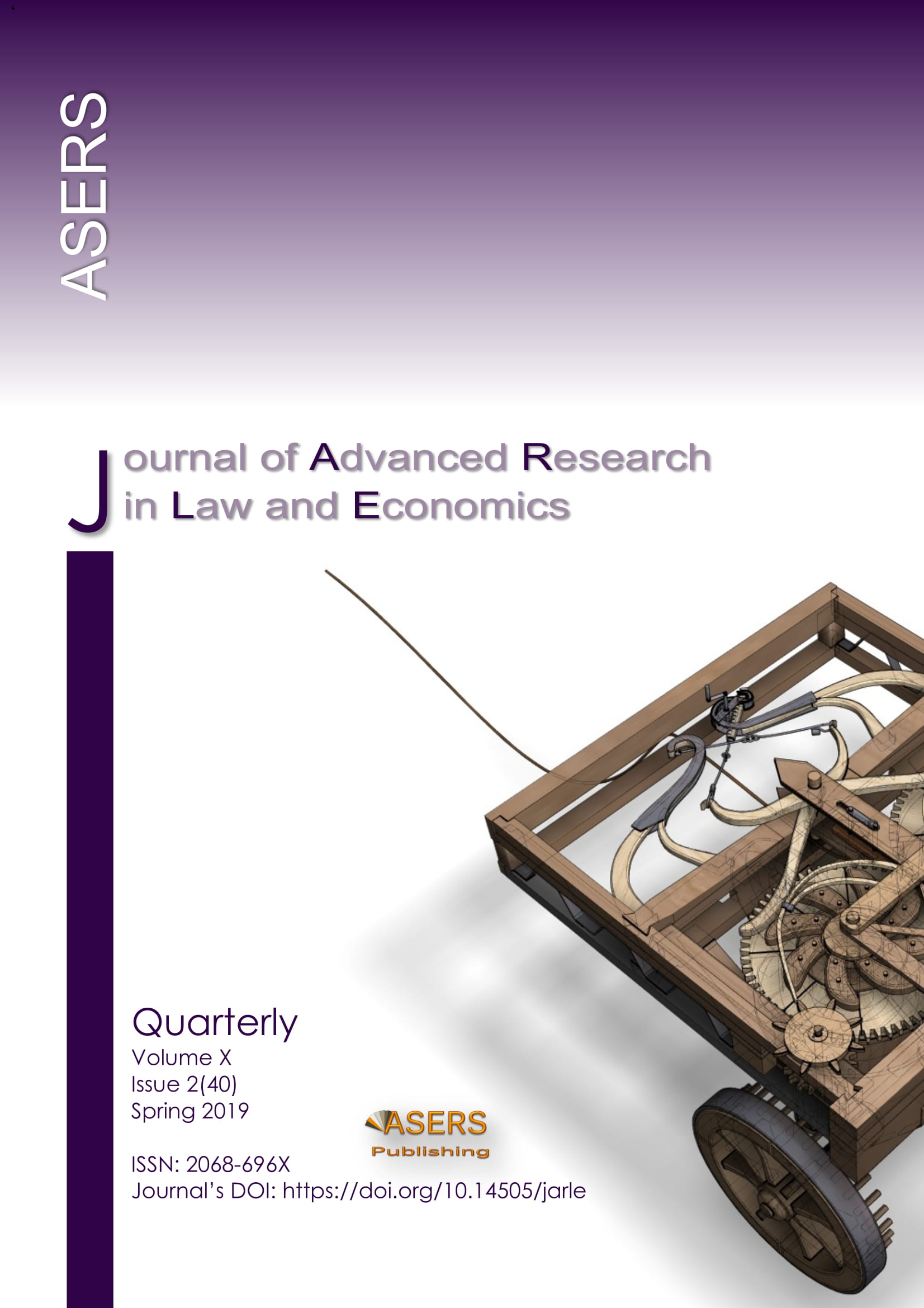Model (Methodology and Calculation Formula) Combining the Influencing Factors of Transport Logistics Efficiency and Advantages by Type of Transport for Risk Reduction and Decision-making When Choosing the Best Routes
Model (Methodology and Calculation Formula) Combining the Influencing Factors of Transport Logistics Efficiency and Advantages by Type of Transport for Risk Reduction and Decision-making When Choosing the Best Routes
Author(s): Anna Vladimirovna Bobrova, Evgeny Aleksandrovich STEPANOVSubject(s): Business Economy / Management, Transport / Logistics
Published by: ASERS Publishing
Keywords: transport logistics; factors; advantages; model; risks; decision making; efficiency;
Summary/Abstract: The subject of the research is transport logistics, namely, a complex of factors affecting it, grouped by risk, and advantages by type of transport when carrying out transportation of any modality. The purpose of the study is the development of a factor model in transport logistics, that is, a universal methodology for assessing the risks of each shipment, taking into account the advantages of the types of transport used and the combination of cargo vehicles. The main method used in the work is factor analysis. The study also uses methods of generalization, ranking, weight fractions and comparative analysis. It is shown that 24 factors grouped in the work by risk level have an impact on transport logistics; 11 groups of advantages by types of transport have been identified. The formula for assessing the overall risk of transportation is universal, it confirms the theoretical conclusions of researchers in the field of logistics and provides objective results for specific types of transportation. The most and least risky types of freight transport are identified. The possibilities of the factor model in transport logistics are shown. The results of the study can be used by suppliers and carriers to assess the potential efficiency of cargo transportation, as well as by logistics researchers to improve the methodology of factorial transport assessment. The reserves have been identified for the development of the model based on the mutual influence and factor structure.
Journal: Journal of Advanced Research in Law and Economics (JARLE)
- Issue Year: X/2019
- Issue No: 40
- Page Range: 448-460
- Page Count: 13
- Language: English
- Content File-PDF

